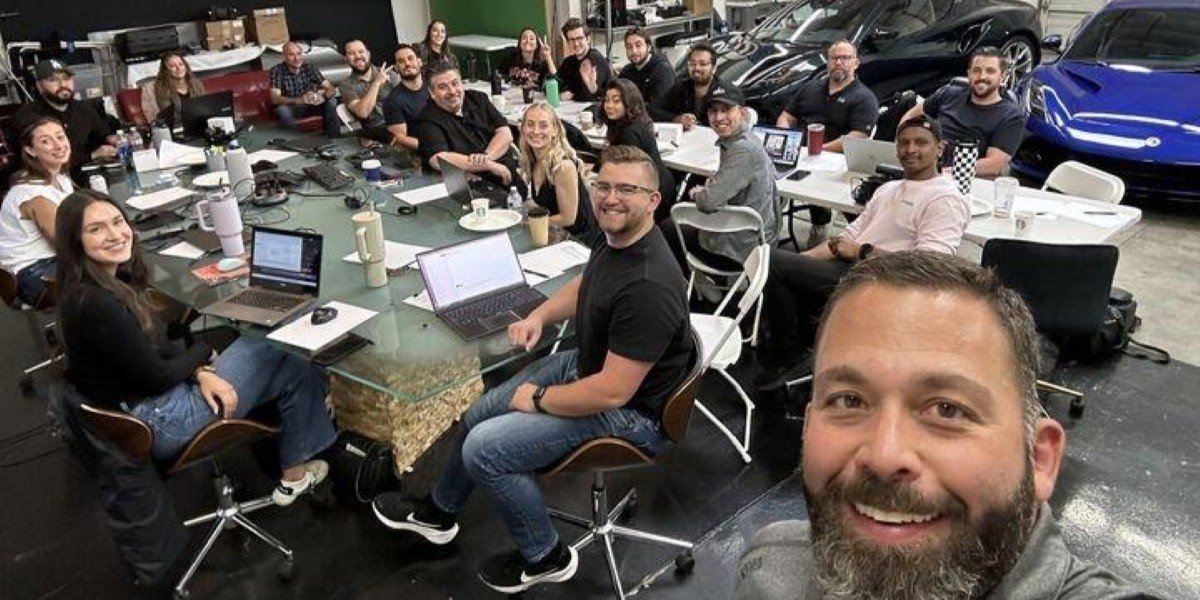By: Jason Gerber
One of the premier ways to help children learn is by making education interactive and engaging. This approach, called experiential learning, allows students to learn by doing and experiencing things firsthand.
One example of this can be found in the book “Sampson the Square.” In this story, Ms. Ometry, Sampson’s teacher, uses various activities to make lessons interesting and fun for her students. These activities not only enhance learning but also help children understand and remember what they’ve learned.
In Ms. Ometry’s class, students often go outside and sit on the playground to observe the world around them. They write down what they see, hear, and smell. This activity helps them connect with their environment and develop their observation skills. It also makes learning more enjoyable because they are not just sitting inside the classroom all day. Ms. Ometry’s idea is simple, yet it has a big impact on the students.
Parents and teachers can take inspiration from Ms. Ometry and find ways to make learning more hands-on. One idea is to take learning outside the classroom, just like Ms. Ometry does. Field trips to places like museums, parks, or local businesses can provide valuable learning experiences.
For example, a trip to a local museum can teach students about history and art in a way that is much more exciting than reading a textbook. A visit to a park can include a nature walk, where students can learn about different plants and animals.
Another great example from the book is when Ms. Ometry takes her students to Town Hall. During this field trip, Sampson and his classmates see pictures and shapes that look like them. This experience helps Sampson feel more at home in his new town. This kind of activity makes lessons come alive and helps children feel more connected to their community.
Guest speakers are another excellent way to bring learning to life. In “Sampson the Square,” the class has visitors who talk about their jobs and experiences. This exposes students to different careers and life paths. It can inspire them and broaden their horizons. Teachers can invite firefighters, doctors, artists, or even parents to share their knowledge and experiences with the class.
Hands-on activities in the classroom are also very effective. For younger students, simple experiments and crafts can make lessons more interesting. When children use their hands to create something, they are more likely to remember what they learned. For example, a lesson on shapes can include cutting out different shapes from colored paper and creating a collage. In the book, Sampson’s class uses notebooks to write down their observations and stories. This helps them think critically and be creative.
Another idea is to incorporate games into learning. Educational games can make subjects like math and science more fun. For instance, a math class can include games that involve counting or solving puzzles. Science lessons can have experiments where students make simple machines or grow plants. These activities not only make learning enjoyable but also help students understand complex concepts more easily.
Parents can also contribute to experiential learning at home. Reading together and discussing books can enhance a child’s understanding and spark their imagination. Parents can encourage their children to keep journals, just like Sampson does. Writing about their daily experiences helps children develop their writing skills and reflect on what they’ve learned.
Cooking together can be an excellent educational activity for parents and children. It involves math (measuring ingredients), science (how ingredients change when mixed and cooked), and even reading (following a recipe). Plus, it’s a fun way to spend time together and create something delicious.
Another way parents can support experiential learning is by encouraging their children to explore their interests. If a child shows interest in a particular subject, such as astronomy, parents can visit a planetarium or look at the stars together. If a child loves animals, a trip to the zoo or a farm can be very educational.
Technology can also be a powerful tool for experiential learning. Educational apps and websites can make learning interactive. Virtual field trips can take students to places they might not be able to visit in person, like the Great Wall of China or the Amazon Rainforest. Online games can make subjects like math and history more engaging.
Final Words
Making education interactive and engaging is crucial for effective learning. The book “Sampson the Square” shows us the importance of experiential learning through the activities of Ms. Ometry’s class. By taking learning outside the classroom, inviting guest speakers, incorporating hands-on activities, using educational games, and encouraging exploration at home, we can make education more enjoyable and memorable for children. These methods not only enhance learning but also help children develop a love for learning that will last a lifetime.
If you’re looking for inspiration on how to bring these ideas into practice, consider giving “Sampson the Square” a read. It’s a heartwarming story that beautifully illustrates the impact of experiential learning.
Published by: Khy Talara











